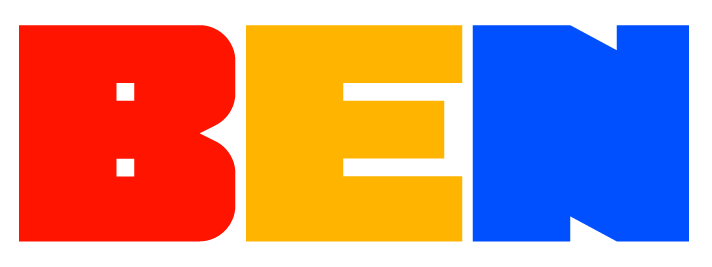Artist Statement
In my design practice, I'm a minimalist at heart. I believe good design communicates effectively with the least amount of information necessary. At the center of my design process—and one of my favorite parts—is extensive research. I begin all design projects the same way: scrolling through articles and webpages I may never otherwise visit, jotting down notes about what initially stands out to me, and endlessly sketching out all my “bad ideas.” Accepting that my first thoughts are my worst thoughts drives me to sketch quickly, sloppily, and prolifically. The thick, permanent lines of a Sharpie are my friend in the early stages, allowing me to quickly judge my ideas without getting bogged down in the details.
Creative Manifesto
These principles serve as my guide to staying creatively free, prolific, and grounded. This is how I fight against a system designed to waste my attention.
1. Slowness as an Act of Rebellion
In a culture of speed and instant output, taking your time is resistance. Let work incubate. Don't wait for clarity—let clarity come through making.
2. Not Everything Needs an Audience
Make things with no intention to publish. Maintain a private sketchbook. Let some ideas stay yours alone. Visibility is not the goal—growth is.
3. Platforms Are Labs, Not Galleries
Stop treating social media as a place for polished outcomes. Share thought fragments. Post questions instead of statements. Test, don't perform.
4. Perfection Kills Momentum
Don't wait until you're ready. Ship sketches, fragments, and frameworks. Let others see you mid-thought. Movement matters more than completion.
5. Curate Deep Community
Seek real conversation over broad reach. Find sharp thinkers who challenge your ideas. Form tight circles where friction sparks growth, not platforms that flatten nuance.
6. Cut Fluff, Keep Depth
Strip away what doesn't matter. Prioritize precision and clarity. Keep the work minimal and let the complexity live beneath the surface.
This is how I stay free in a system built to flatten difference. This is how I think, make, and move.

